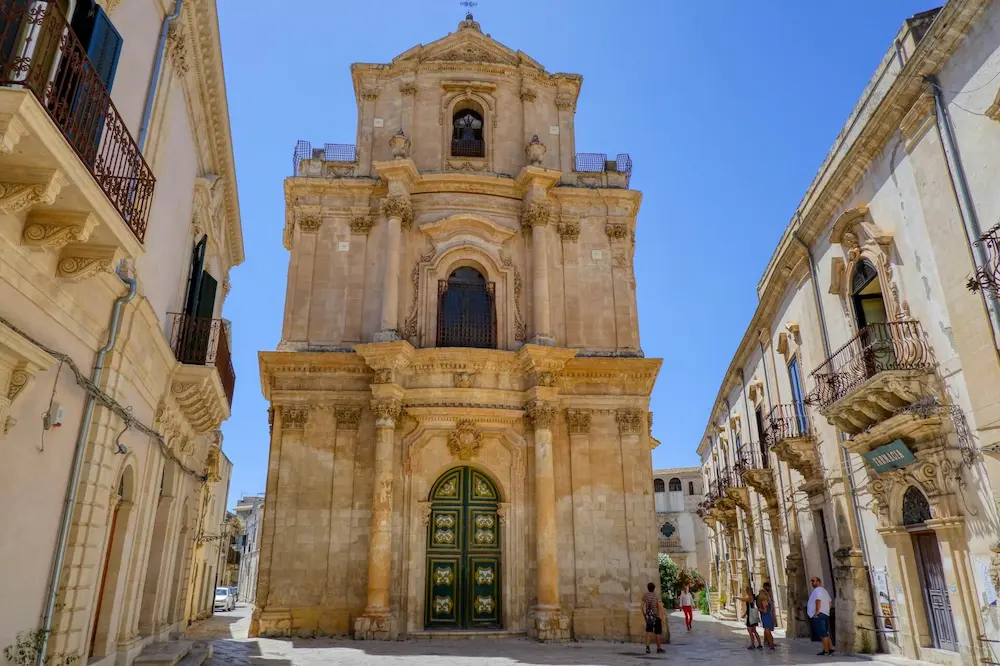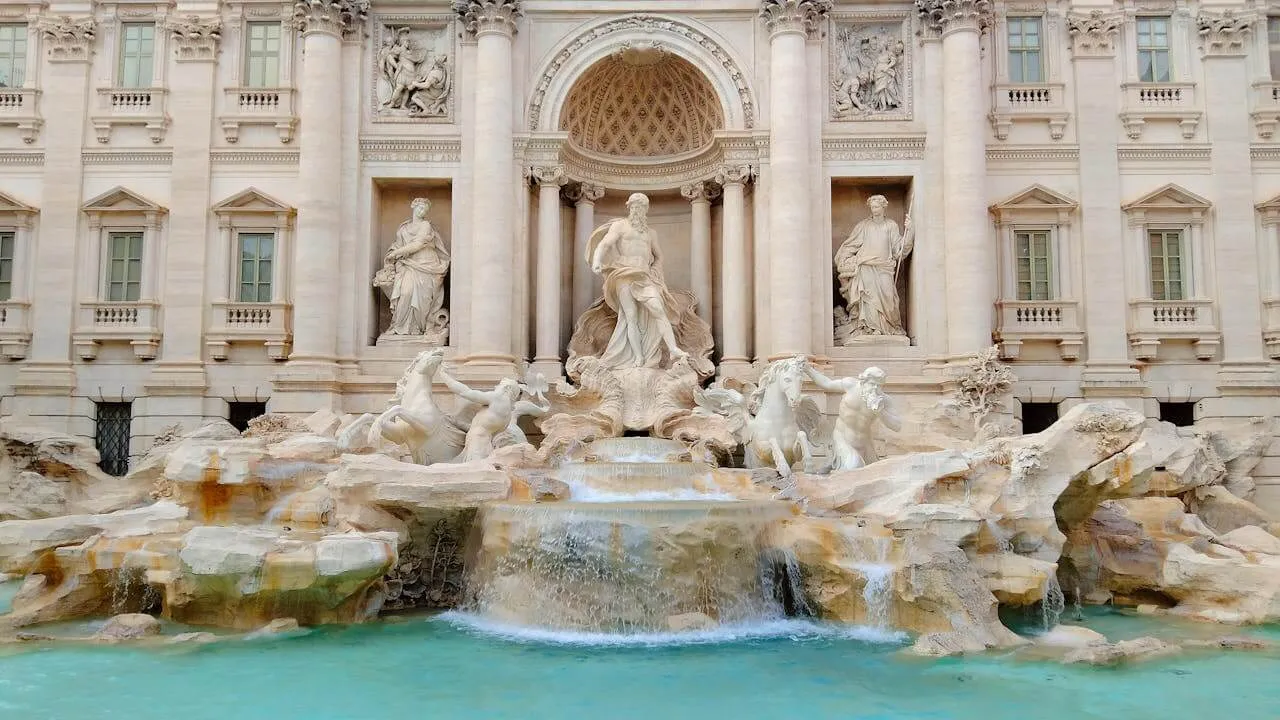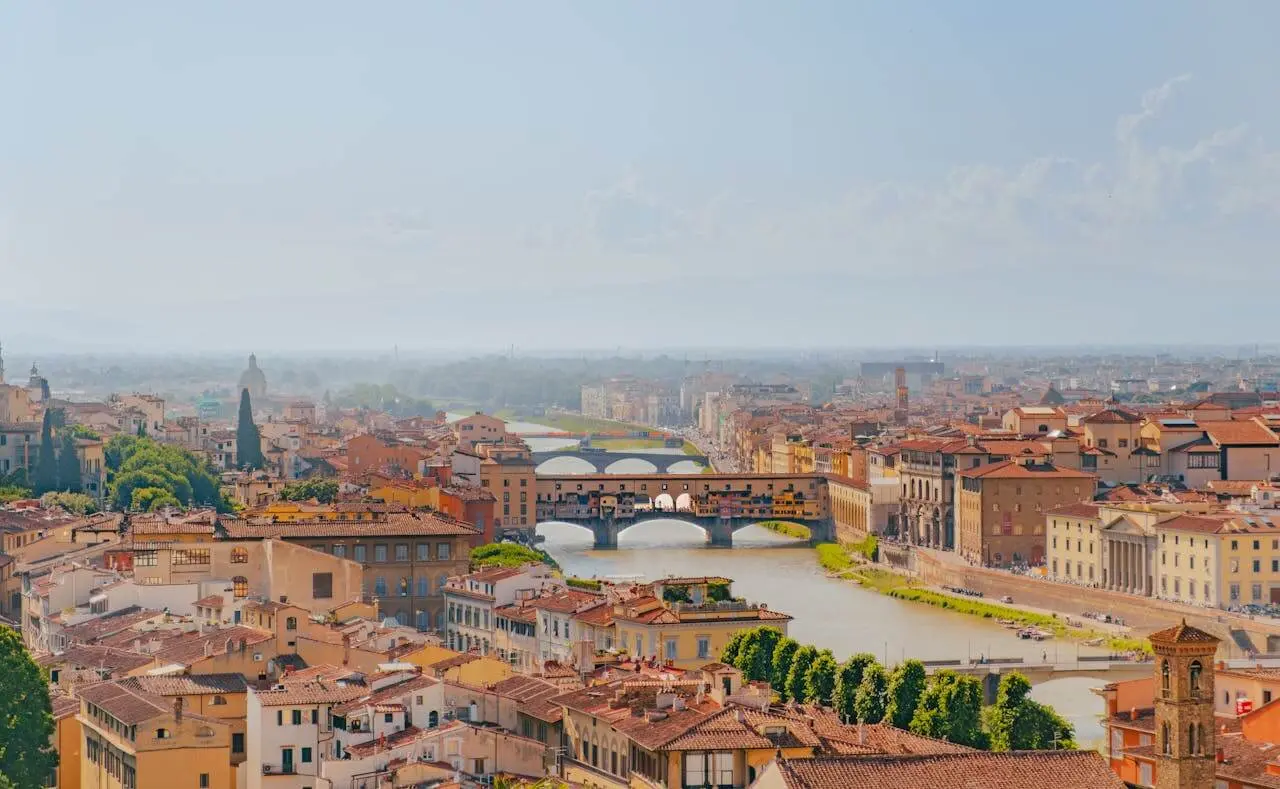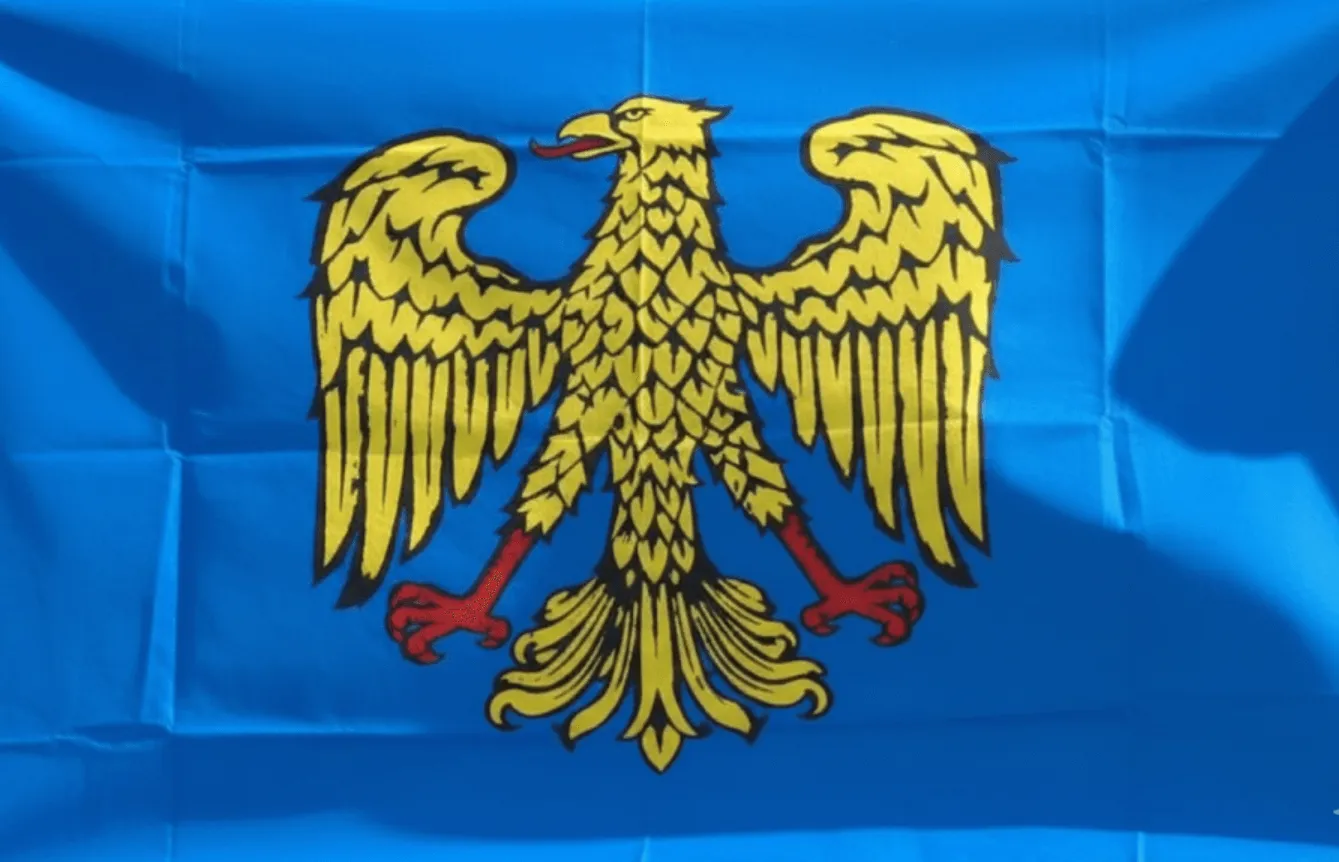
Sicilian is more than just a dialect, it’s a living language that reflects the depth and complexity of Sicily’s rich history
When you think of the Italian language, Italy is likely the first place that comes to mind. However, Italian is spoken in several other countries around the world

Everyone knows that people in Italy speak Italian. But not too many people knows that Italian is not the only language spoken in the country. In fact, Italy is home to a rich variety of regional languages. In this blog post, we’ll explore the linguistic diversity of Italy and try to understand why that makes the country so unique.
In Italy, regional languages are often called dialetti (dialects). But they are not just dialects, they are real, fully developed languages. They are older than standard Italian, evolved separately, and have their own vocabulary, grammar rules, and sounds. In fact, it can be very difficult for native speakers of Italian to understand them.
Most regional languages in Italy developed after the fall of the Roman Empire, as Latin evolved differently in each area. Over the centuries, distinct varieties emerged across regions.
Standard Italian is based on the Tuscan variety, used by the poet Dante Alighieri in La Divina Commedia (written around 1300). However, it only became the national language after Italy's unification in the 1800s, when a common language was needed to communicate across the newly created country. At first, Italian was used mainly by the urban elite, while people in the countryside continued speaking their local languages. And it was only after World War II that standard Italian became widespread in daily life, thanks to television and other mass media.
Today, everyone in Italy speaks Italian, it is the language of schools, media, and workplaces. But regional languages remain alive in everyday speech and informal conversations. They are mostly spoken in rural or isolated communities, while Italian dominates in big cities. Another difference is generational: younger people tend to use Italian, while regional languages are more common among older generations. This means that regional languages are in decline, though the situation varies a lot from region to region.
Sometimes. Like standard Italian, most regional languages evolved from Latin. However, each developed in its own way. Neighboring regions may understand each other more or less, but languages from distant areas can be mutually unintelligible. For example, a person from Venice may communicate somewhat with a person from Milan in their local languages, but would struggle with someone from Palermo or Naples.
Here are a few examples of how the word boy is said in various regional languages:
| Word(s) | Language / Dialect |
|---|---|
| Ragazzo | Standard Italian |
| Scugnizzo / Uaglione | Neapolitan |
| Tosat / Bocia | Venetian |
| Belin | Ligurian |
| Bagai | Lombard |
| Burdël | Romagnol |
| Fantat / Fantate | Friulian |
| Matoch | Piedmontese |
| Picciriddu / Picciottu / Carusu | Sicilian |
Italy’s linguistic landscape varies a lot from region to region. This is different from other European countries like France or England. Even within a single region, there can be significant differences, sometimes even from village to village.
Northern Italy is the most linguistically diverse part of the country. Almost every region has its own language, including Friulian (spoken in Friuli-Venezia Giulia), Venetian (Veneto and Trentino), Lombard (Lombardy), Emilian (Emilia-Romagna), Piedmontese (Piedmont), and Ligurian (Liguria).
This area includes Tuscan, spoken in Tuscany, Umbria, and Corsica, and Romanesco, spoken in Rome and the surrounding areas. These languages are among the closest to standard Italian and directly contributed to its development.
The south is home to two major languages: Neapolitan and Sicilian. Neapolitan is spoken in Naples, throughout Campania, and also in Abruzzo, Molise, Basilicata, most of Apulia, and Calabria. Sicilian is spoken on the island of Sicily, in southern Calabria, and in parts of Apulia (especially Lecce). In addition, Sardinian is spoken on Sardinia and is often considered the most distinct Romance language in Italy, since it contains many words borrowed not from Latin but from the languages of Sardinia’s original inhabitants.
In addition to Romance languages, Italy is home to several other languages from different families, often spoken in specific communities or regions:
South Tyrol (Alto Adige in Italian) was once part of Austria before becoming part of Italy in the early 20th century. As a result, German / Tyrolean dialects are still widely spoken, making it one of the most bilingual areas of the country. The only major exception is the regional capital, Bolzano, where Italian dominates everyday life.
In the Aosta Valley, both French and Franco-Provençal are used. French has long been associated with education and administration, while Franco-Provençal, a language similar to French, represents the traditional speech of local communities.
On the island of Sardinia, the city of Alghero preserves Catalan. This language is a legacy of the medieval period, when the town was part of the Crown of Aragon. It is still taught in schools and used in cultural life today.
In southern Italy, some communities continue to speak Arbëreshë, an Albanian language brought by settlers who fled the Balkans in the 15th and 16th centuries. It has survived for centuries thanks to strong cultural identity and traditions.
In Trentino, smaller groups maintain Cimbrian and Mocheno, two Germanic languages. They were originally brought to the region by mine workers from Bavaria who settled in isolated valleys centuries ago. Even today, these languages closely resemble Bavarian dialects, preserving a linguistic link to their origins. Thanks to the remoteness of the mountain villages, many of these traditions and forms of speech have survived into modern times.
Along the northeastern border, Slovene is spoken in towns close to Slovenia. These bilingual communities reflect the historical and cultural connections between the two countries. Today, around 50,000 Slovenes live in the province of Trieste and parts of the province of Gorizia, near the Slovenian border.

Sicilian is more than just a dialect, it’s a living language that reflects the depth and complexity of Sicily’s rich history

Tuscan is the language of the beautiful region of Tuscany and is not only a dialect but also the language on which modern Italian is based

Neapolitan is much more than just a dialect; it’s a language full of history, passion, and the culture of an entire city

Italy is renowned for its rich mosaic of regional languages and dialects, but few are as interesting as Friulian, or Furlan